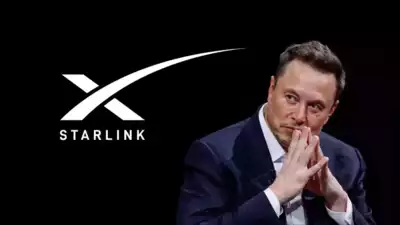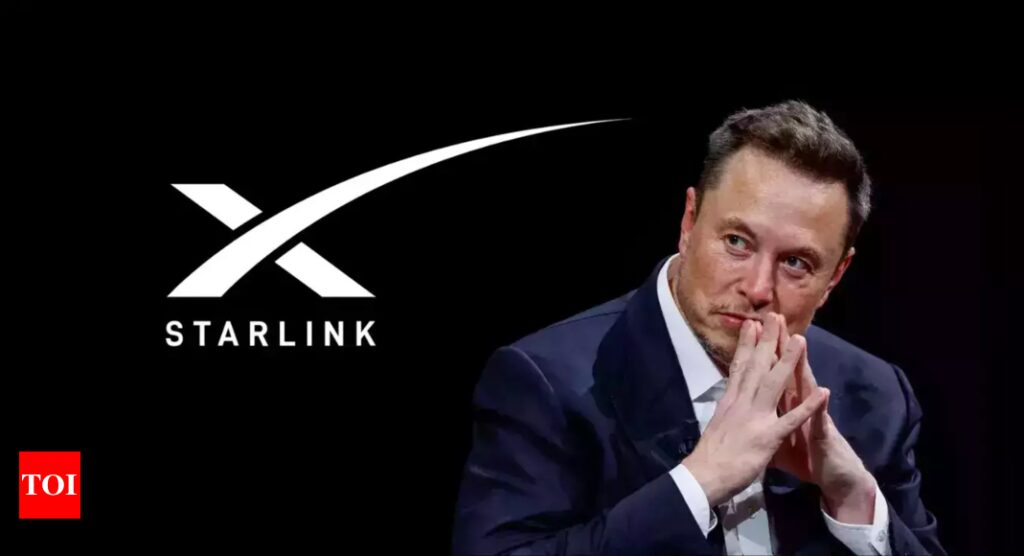
New Delhi: “Hello India” – the message came from 36,000 kilometers away in space. India achieved its first milestone in consumer mobile communications without much fanfare. satellite messaging It was the first satellite communication through a uniquely developed system that allows a regular smartphone to communicate from Earth to a geostationary satellite deep in space, and then back within seconds with another phone.
The development comes as American billionaire Elon Musk waits for permission to launch Starlink satellite communications service in India, and other companies such as One Web, run by Sunil Mittal. Looking for spectrum allocation.
The transmission of the message as a technology showcase was carried out through the network of public sector BSNL, which has set up a sophisticated landing station outside the capital to enable two-way communication between space and Earth, and various An official told TOI.
This communications satellite link is provided by the American satellite communications giant. Viasat In partnership with BSNL, “Connect directly to your device‘(D2D) service simply means relaying satellite messaging on a regular smartphone. So far, all kinds of satellite communications (for example, by defense forces, advanced organizations, or prominent individuals) are possible on special devices, but not on ordinary smartphones operating on terrestrial networks.
Currently, messaging has been proven to be used for SOS and emergency transmissions from unconnected areas, but in the future it could be extended to regular messaging, calls, and even Internet browsing. Currently, these are all provided by regular mobile phone companies.
“BSNL is proud to lead the way in Direct-to-Device innovation through our exclusive partnership with Viasat.Today’s successful demonstration, India’s first, utilizes the BSNL network and Viasat’s L-band satellite constellation. BSNL CMD Robert J. Ravi said, BSNL CMD Robert J. Ravi said:
Gautam Sharma, MD of Viasat in India, said India is an important market for the company. “We continue our commitment to providing mission-critical in-flight and maritime services. Viasat is proud to demonstrate the first D2D service in India, which is a non-terrestrial network ( NTN-enabled mobile phones have the potential to provide SOS and two-way messaging to the 1.4 billion Indians who lack cellular connectivity.
For now, devices that enable such conversations (once BSNL launches commercially) include the new Google Pixel and Motorola models. Viasat also sells “companion” devices in many international markets. This allows regular devices to use satellite communications for a fee.
“You’ll need to switch your device to satellite mode, which will enable messaging on other devices. The possibilities are enormous, and as the device ecosystem grows, you’ll need to switch your device to satellite mode to enable calling and broadband at a later stage. It could be considered,” another official said.
Having a landing station in the country also means that law enforcement agencies (LWE) can access all kinds of illegal conversations and messaging on satellite devices.
The government currently sees this development as a means to support network expansion in unconnected areas such as deep jungles, mountainous areas, remote villages, oceans, and other difficult terrain. “But in the long term, these will emerge as yet another alternative to communication services,” the official said.
In fact, in markets like the US, Viasat already sells home satellite broadband solutions that compete directly with traditional mobile phone operators.


